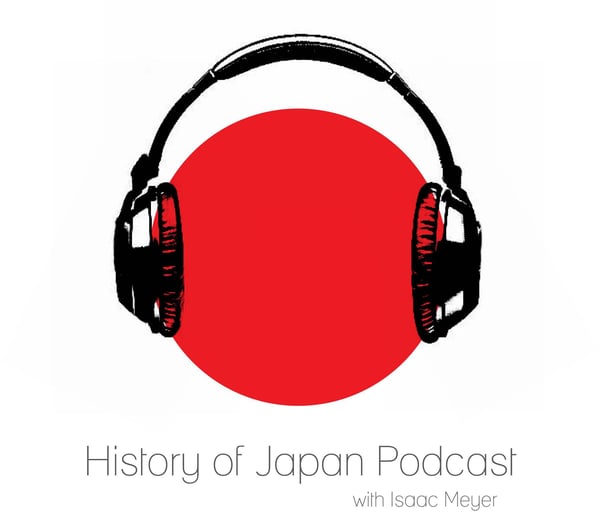Episode 57 - The 47 Ronin
History of Japan
Isaac Meyer
4.8 • 744 Ratings
🗓️ 21 June 2014
⏱️ 25 minutes
🧾️ Download transcript
Summary
This week, we're discussing one of Japan's most famous tales: 47 warriors without a master who, during the height of Japanese feudalism, took it upon themselves to avenge their former lord's death. In doing so, they catapulted what was a fairly obscure feud into the pages of history and legend, and remain figures of incredible popularity in Japan (and to a certain degree, the West) to this day.
Transcript
Click on a timestamp to play from that location
| 0:00.0 | Hello and welcome to the History of Japan podcast, episode 57, The 47 Ronan. |
| 0:22.5 | It's time, I think, to talk about one of the best known tales in Japanese history. |
| 0:27.9 | A tale of blood and vengeance in one of those two events, which became legendary almost |
| 0:32.5 | immediately after it happened. Let's talk about the 47 Ronan. |
| 0:39.0 | First, it's important to set the stage. |
| 0:42.2 | The 47 Ronin is a tale of Tokugawa Japan at its height. |
| 0:46.1 | It begins in 1701, which is more or less smack in the middle of the golden age of the Tokugawa. |
| 0:52.3 | Peace had brought prosperity, but the underlying fault lines in the |
| 0:55.8 | Tokugawa system had not yet begun to show. Sometimes the mini golden age of roughly 1680 to |
| 1:02.9 | 1720 is referred to as the Genroku period, one of the Nengo or era names used during that time, |
| 1:09.1 | though technically the Genroku period only lasted from |
| 1:12.9 | 1688 to 1704. Our story today is right smack in the middle of that golden age of |
| 1:19.3 | Genroku. It begins in the castle town of Aco, the capital city of a fiefdom of the same name, |
| 1:25.9 | which is now part of modern Hiogo prefecture. |
| 1:28.6 | It was ruled by a man named Osino Naginori, a daimyo of middling distinction without much in the way of wealth. |
| 1:36.4 | He'd received a few decent appointments from the central Tokugawa Bakufu or samurai government before, |
| 1:42.7 | including one which sent him to Kyoto for a short time as a samurai liaison to the court of the emperor. |
| 1:49.0 | However, such positions did not tend to pay well, since at this point Kyoto was a political backwater, though still a cultural center. |
| 1:57.0 | It's likely that because of his prior experience with the Imperial Court, in 1701, he was selected |
| 2:03.6 | by the Bakufu for a special assignment. |
| 2:06.6 | You may recall before that I've mentioned the Tokugawa system of Sankin Koltai. |
| 2:11.6 | If you don't remember what that means, here's a quick refresher. |
... |
Please login to see the full transcript.
Disclaimer: The podcast and artwork embedded on this page are from Isaac Meyer, and are the property of its owner and not affiliated with or endorsed by Tapesearch.
Generated transcripts are the property of Isaac Meyer and are distributed freely under the Fair Use doctrine. Transcripts generated by Tapesearch are not guaranteed to be accurate.
Copyright © Tapesearch 2025.

